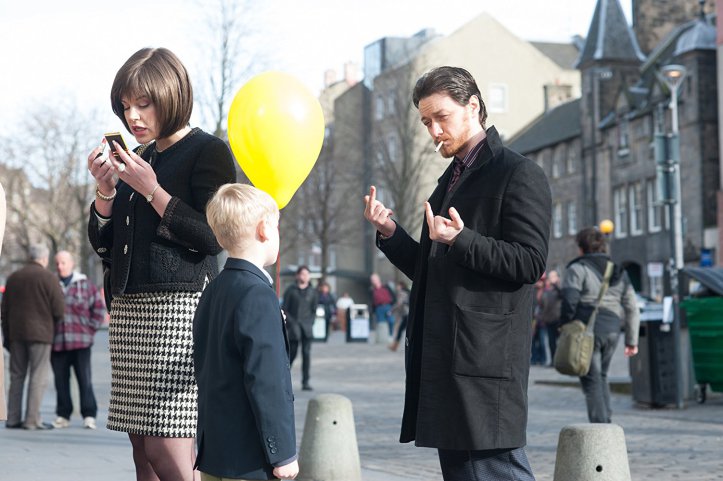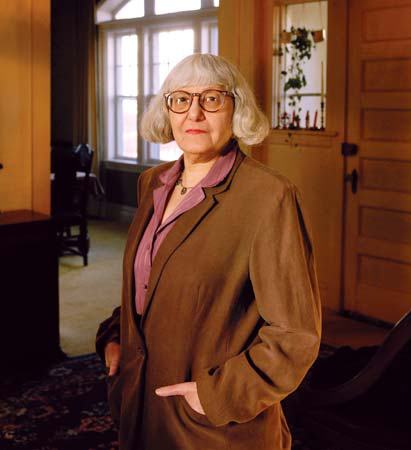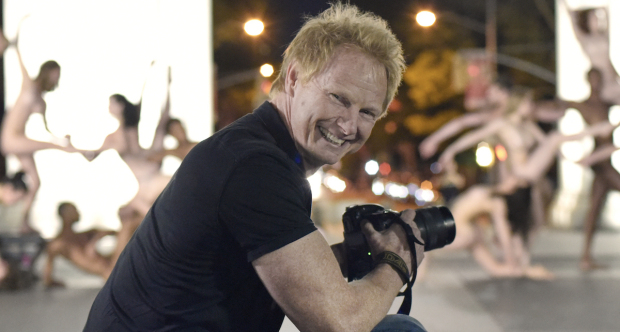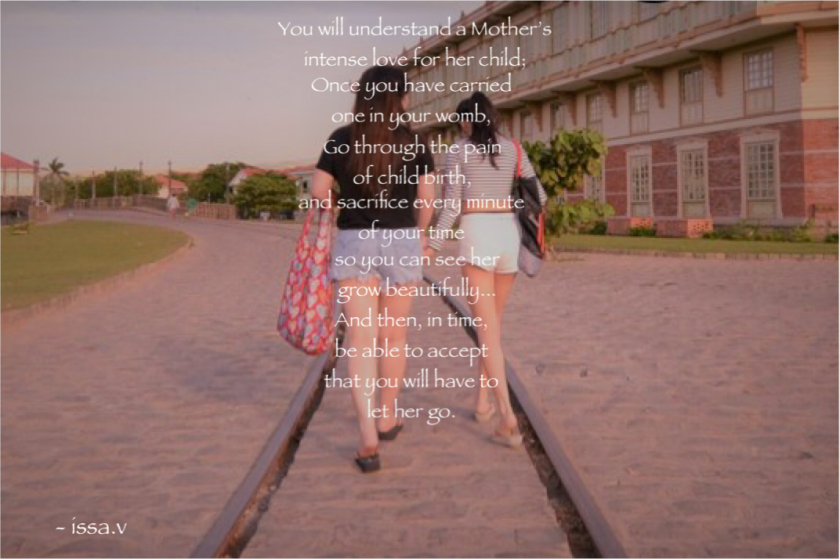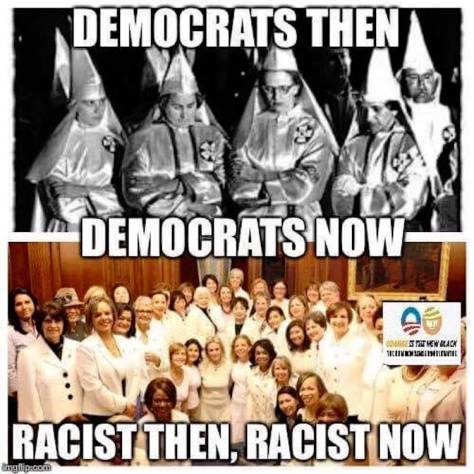
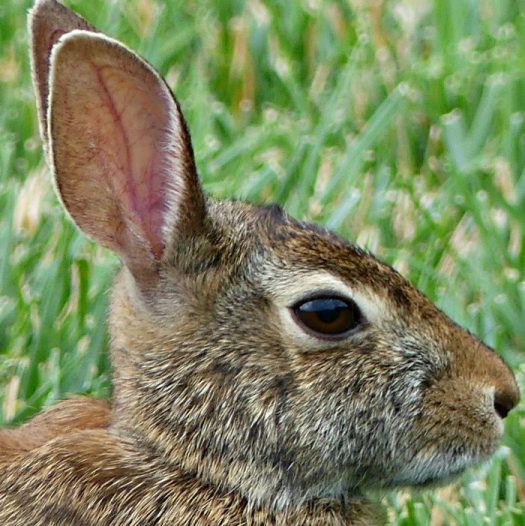 Sometimes rabbits are worse than deer
On the other hand, don’t plant the big three-hostas, daylilies, and tulips. Plantings of any of these will entice deer to your property, like “M and M’s” scattered around that will draw deer in to your property. Or inviting them to a party! Instead, you want to put up “keep away” signs with your plant choices.
Sometimes rabbits are worse than deer
On the other hand, don’t plant the big three-hostas, daylilies, and tulips. Plantings of any of these will entice deer to your property, like “M and M’s” scattered around that will draw deer in to your property. Or inviting them to a party! Instead, you want to put up “keep away” signs with your plant choices.
 Yes, I love daylilies also, but deer will clean you out!
Yes, I love daylilies also, but deer will clean you out!
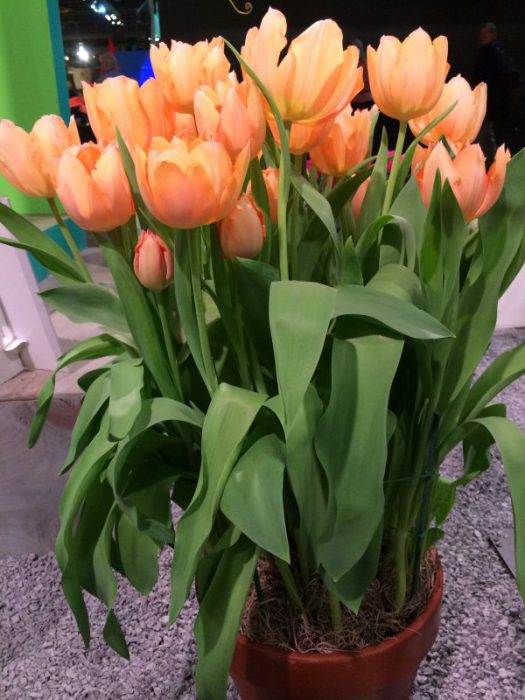 Tulips are like candy to deer
List of Plants That are “Usually” Deerproof (Some Always!)
Usually is the key here. I thought that Epimedium was a stalwart deer proof plant until someone sent me a picture of a stand of chewed up Epimedium from deer. Some of these plants are understandably resistant like lavender or nepeta, both being very pungent. But Shasta Daisy? This seems very juicy and succulent to me but I find that deer never touch it. Here’s my list from experience:
Tulips are like candy to deer
List of Plants That are “Usually” Deerproof (Some Always!)
Usually is the key here. I thought that Epimedium was a stalwart deer proof plant until someone sent me a picture of a stand of chewed up Epimedium from deer. Some of these plants are understandably resistant like lavender or nepeta, both being very pungent. But Shasta Daisy? This seems very juicy and succulent to me but I find that deer never touch it. Here’s my list from experience:
Achillea, Yarrow
Aconitum, Monkshood
Agastache, Anise Hyssop
Ajuga
Alchemilla, Lady’s Mantle
Allium, Ornamental Onion
Angelonia, Annual
Armeria, Sea Thrift
Arisaema, Jack in the Pulpit
Artemisia, all varieties
Aruncus, Goatsbeard
Astilbe
Asclepias, Butterfly Weed, all varieties
Baptisia, False Indigo
Barberry, can be invasive
Bleeding Heart, Dicentra
Borage
Boxwood
Brunnera, Forget Me Not
Butterfly Bush
Calycanthus, Sweet Shrub
Caryopteris, Bluebeard
Celosia, Cockscomb
Chelone, Turtlehead
Chrysogonum virginianum, Green and Gold
Cimicifuga, Bugbane
Clethra, Summersweet
Convallaria, Lily of the Valley
Cordyline
Coreopsis-Threadleaf varieties only like Zagreb
Cryptomeria radicans, Japanese Cedar
Daffodils, poisonous and they never eat these!
Daphne
Deutzia
Dianthus, Pinks
Dicentra, Bleeding Heart
Epimedium, Barrenwort
Euphorbia, Cushion Spurge
Ferns, all kinds
Geranium macrorhizzum ‘Ingwersens’ & ‘Bevans’, Big Root Geranium
Globe Amaranth, Gomprhena
Grasses, all kinds
Hakonechloa, Japanese Forest Grass
Helleborus, Lenten Rose
Heuchera ‘Autumn Bride’,Coral Bells
Hibiscus
Hyacinth
Iberis, Candytuft
Iris, all kinds
Ivy
Kniphofia, Red Hot Poker
Lamium, Dead Nettle
Lantana, Annual
Lavender
Leucanthemum, Shasta Daisy
Leucothoe
Ligularia
Lupine
Lysimachia, Creeping Jenny
Mahonia, Oregon Grape
Mazus reptans
Mertensia virginica, Virginia Bluebells
Microbiota decussatta, Russian Cypress
Monarda, Bee Balm
Myosotis, Forget Me Not
Nandina, Heavenly Bamboo
Nepeta, Catmint
Pachysandra
Peony
Perovskia, Russian Sage
Phlox subulata, Creeping Phlox
Pulmonaria, Lungwort
Pynacanthemum, Mountain Mint
Rhus ‘Gro-Low’, Sumac
Rudbeckia, Black Eyed Susan
Sarcococca, Sweetbox
Salvia, all kinds
Scabiosa, Pincushion Flower
Senecio, Golden Groundsel
Solidago, Golden Rod
Spirea
Stachys, Lambs Ears
Stylophorum diphyllum, Celandine Poppy
Tanacetum, Tansy
Teucrium, Germander
Thyme
Tiarella
Vernonia, Ironweed
Vinca
Viburnum ‘Pragense’Vitex
Yucca
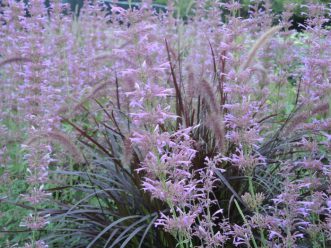 Agastache
Agastache 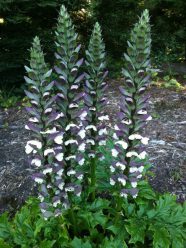 Acanthus
Acanthus  Aconitum
Aconitum  Alchemilla
Alchemilla  Allium
Allium 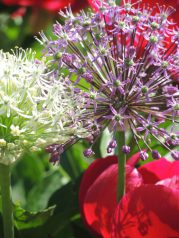 Allium
Allium  Virginia Bluebells
Virginia Bluebells 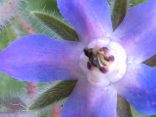 Borage
Borage  Bleeding Heart
Bleeding Heart  Yarrow is an outstanding dried flower; the rose color will fade to a light pink
Yarrow is an outstanding dried flower; the rose color will fade to a light pink  Scabiosa ‘Butterfly Blue’ is a great pollinator friendly plant
Scabiosa ‘Butterfly Blue’ is a great pollinator friendly plant  Hellebore
Hellebore  Hakone Grass ‘All Gold’ is the Pantone color of the year
Hakone Grass ‘All Gold’ is the Pantone color of the year 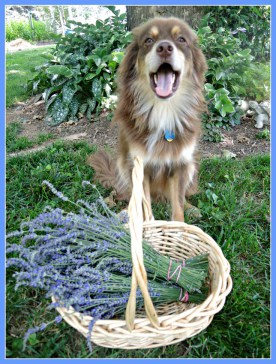 Bunch up your lavender bundles with rubber bands and hang to dry
Bunch up your lavender bundles with rubber bands and hang to dry  Good for drying, crested celosia has a fascinating bloom
Good for drying, crested celosia has a fascinating bloom  Sticky cleome is native to South America and looks spidery, hence its common name, Spider Flower
Sticky cleome is native to South America and looks spidery, hence its common name, Spider Flower 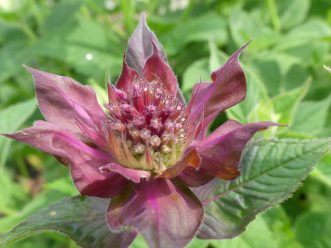 Monarda
Monarda  Tansy flowers are button like orbs that have brown edges as they age
Tansy flowers are button like orbs that have brown edges as they age  Monarda
Monarda  Miniature Iris in a pot
Miniature Iris in a pot 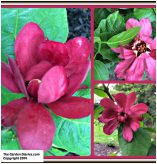 Calycanthus
Calycanthus 
 Nepeta
Nepeta  A great native Goldenrod
A great native Goldenrod
Share this: With Friends

